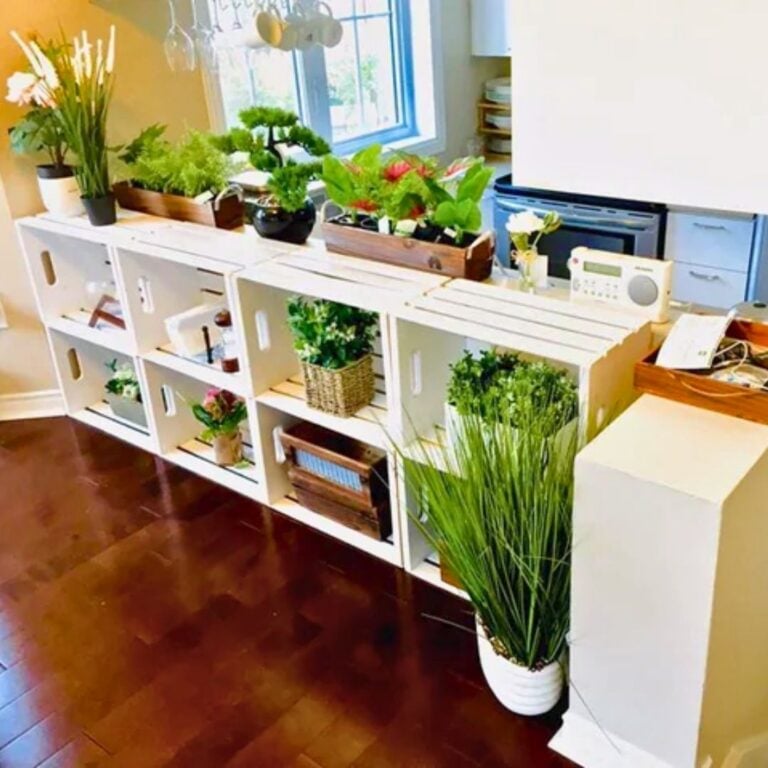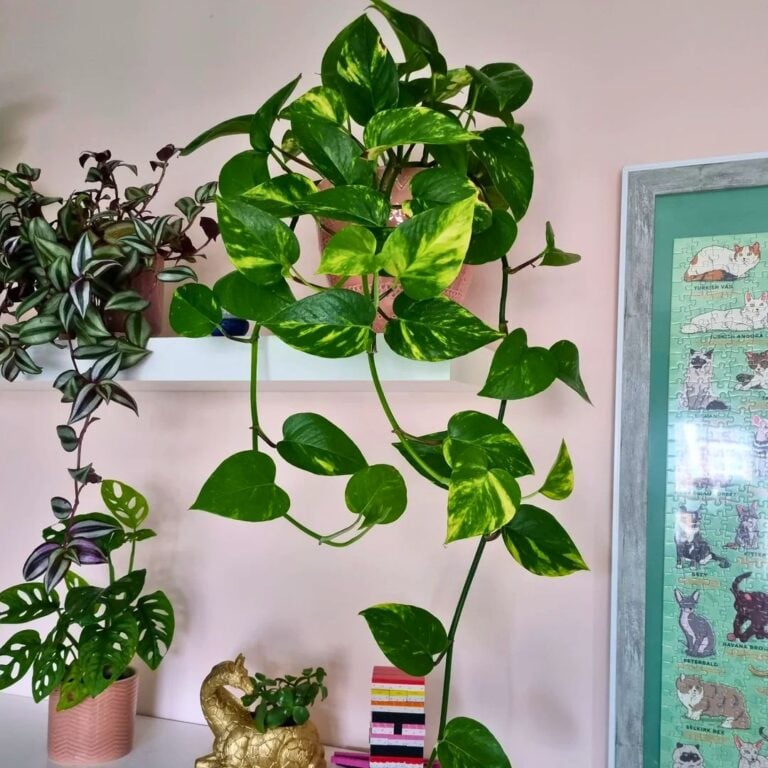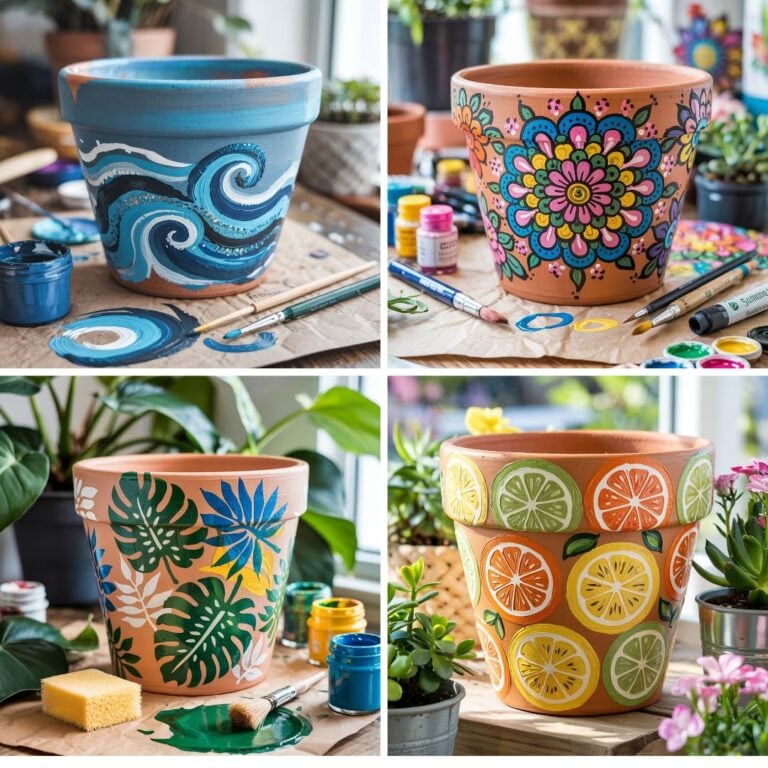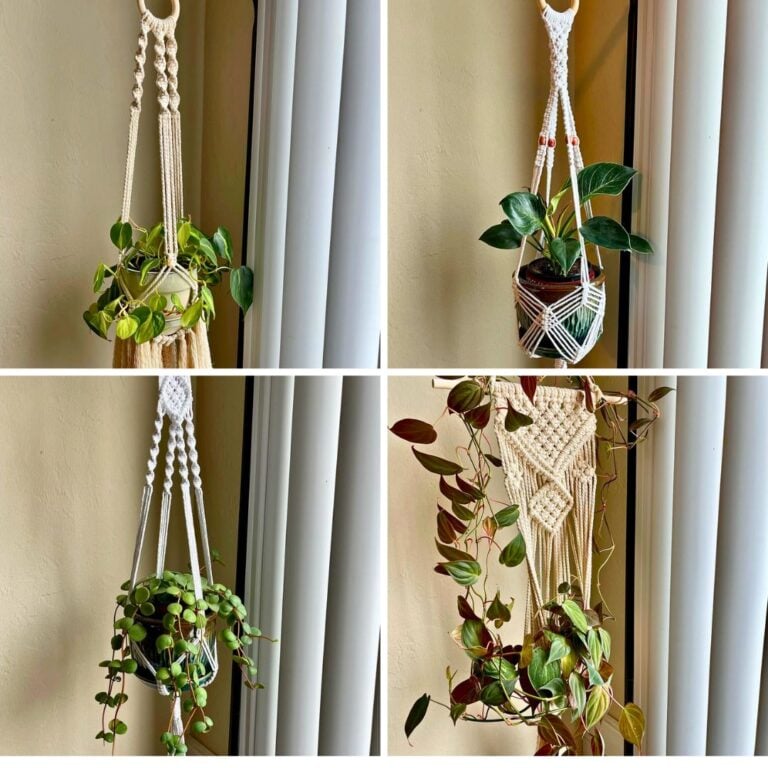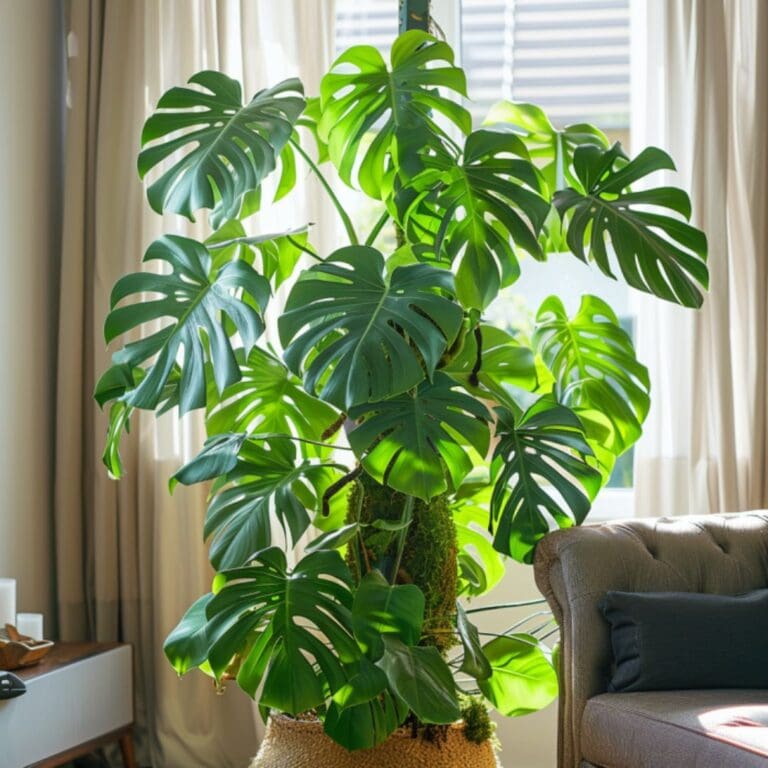11 Tips for Houseplant Dormancy Care
I know caring for houseplants can get a bit tricky, especially when they suddenly stop growing and slip into dormancy. This quiet spell is totally natural for a lot of plants, but honestly, it can leave me guessing what they actually want from me.
Learning how to care for plants during dormancy keeps them healthy and ready to bounce back when it’s time to grow again. Taking a few extra steps now really can make a difference when my plants finally wake up.
Please note: Simplify Plants is reader-supported. As an Amazon Associate, I earn from qualifying purchases made by our readers with no extra cost added to you all! Some links in the post are affiliate links and I get a commission from purchases made through links in the post.
1) Reduce watering frequency to prevent root rot

When my plants go dormant, I cut back on watering. They just don’t need as much since they’re not actively growing.
Overwatering now? That’s asking for root rot. Wet soil suffocates roots and encourages fungus, which is the last thing anyone wants.
I let the top inch or two of soil dry out before watering again. Sticking my finger in the dirt is my go-to check.
If it’s still damp, I wait a few more days. Sometimes, I’ll only water once a month—especially for succulents or cacti.
Every plant is different, so I try to pay attention to how each one looks. Leaves turning yellow or dropping? Usually, I’ve gone overboard with the watering can.
During dormancy, most plants prefer being a bit dry instead of soggy. This simple tweak protects roots and keeps things healthy.
Pots with drainage holes are non-negotiable for me. Extra water needs an escape route; no one wants roots sitting in a swamp.
Less water is just better when growth slows down. If I’m unsure, I remind myself: underwatering is usually safer than overwatering in winter.
2) Place plants in a cooler room with temperatures around 50-60°F
When dormancy hits, I try to move my houseplants to a cooler room. Around 50-60°F seems to be the sweet spot for giving them a proper rest.
Warm rooms can trick plants into thinking it’s still grow time. Cooler temps help them slow down and save their energy for spring.
If I don’t have a chilly room, I go for the coolest spot I can find—usually by a window, but away from heaters. I steer clear of drafty spots, though. Drafts can really stress plants out.
Sometimes I’ll use a thermometer just to be sure the temp stays steady. Sudden swings aren’t great for dormant plants, so I keep an eye on that.
Colder rooms slow everything down. I notice my plants need less water and basically hit pause on growing, which is totally normal.
I actually like how peaceful my plants look when they’re resting. A cooler room gives them the downtime they need before things ramp up again.
3) Cut back on fertilizer until new growth appears
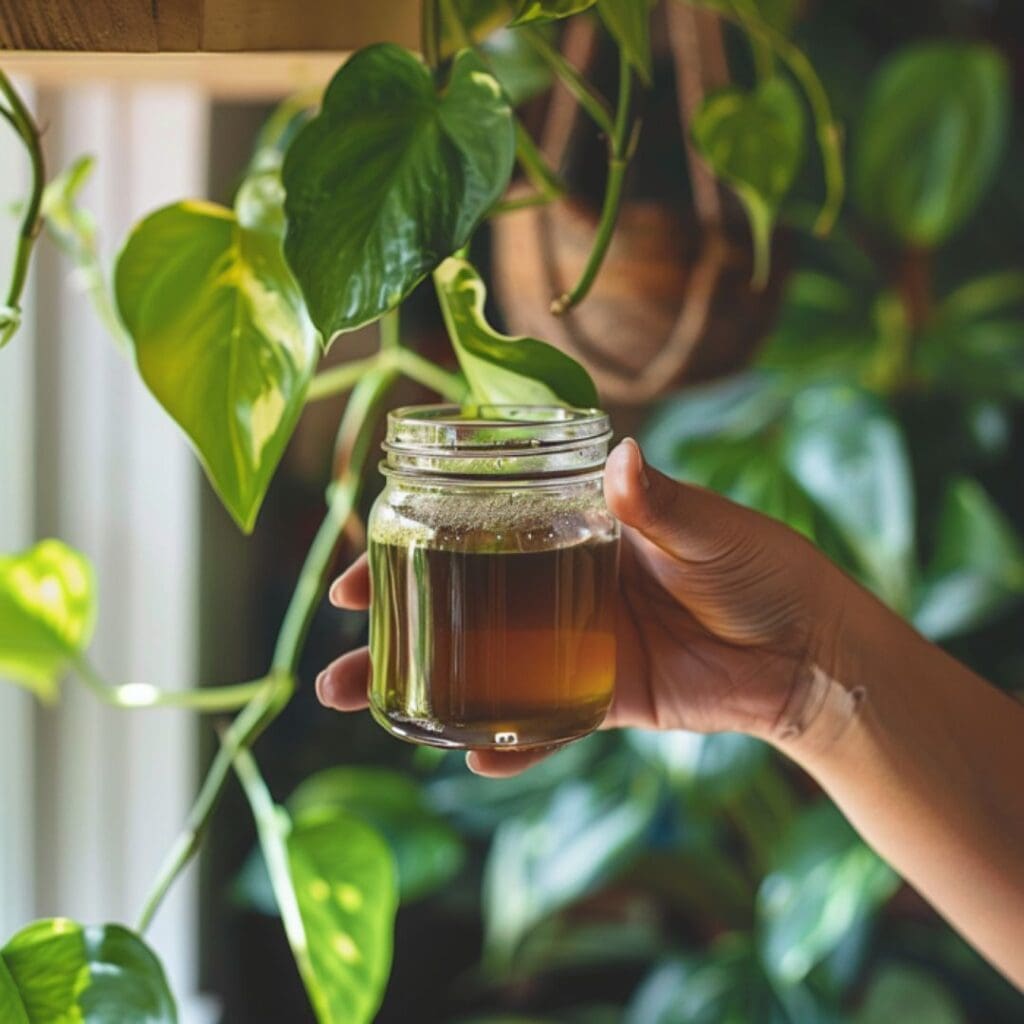
During dormancy, I just stop using fertilizer. Plants don’t need the extra nutrients if they’re not growing, and adding fertilizer now could actually harm their roots.
Once growth slows, I know it’s time to hold off. I wait until I see fresh leaves or shoots. New growth is my green light to start feeding again.
Feeding at the wrong time can cause salt to build up in the soil. That’s rough on roots and makes for an unhappy plant. I stick to plain water until I spot those first signs of action.
If I’m not sure, I check for brighter leaves or tiny new stems. When I see those, I’ll start back up with a diluted fertilizer. I always double-check the label and never overdo it.
4) Ensure plants get bright, indirect light
I try to make sure my houseplants get bright, indirect light while they’re dormant. Direct sun is too much, but filtered light near a window seems to keep them happy.
Sheer curtains or blinds are my best friends for this. Harsh sun can scorch leaves, but a little filtering keeps things gentle. Sometimes I’ll move plants back from the window just a bit to find the right spot.
If natural light isn’t cutting it, I’ll use a grow light for a few hours a day. Especially in winter, when the days are just so short.
Clean windows help more than you’d think. Dust blocks sunlight, so I try to keep them wiped down.
I’ll rotate pots every week or two. That way, the whole plant gets even light and doesn’t start leaning or stretching weirdly.
For shade-loving plants, I still keep them somewhere bright but out of direct sun. Even when dormant, they want some light—just not the blazing kind.
If I see pale or yellowing leaves, I take it as a sign they might need more light. Watching for these little signals helps me tweak things as needed.
5) Prune dead or yellowing leaves to promote health
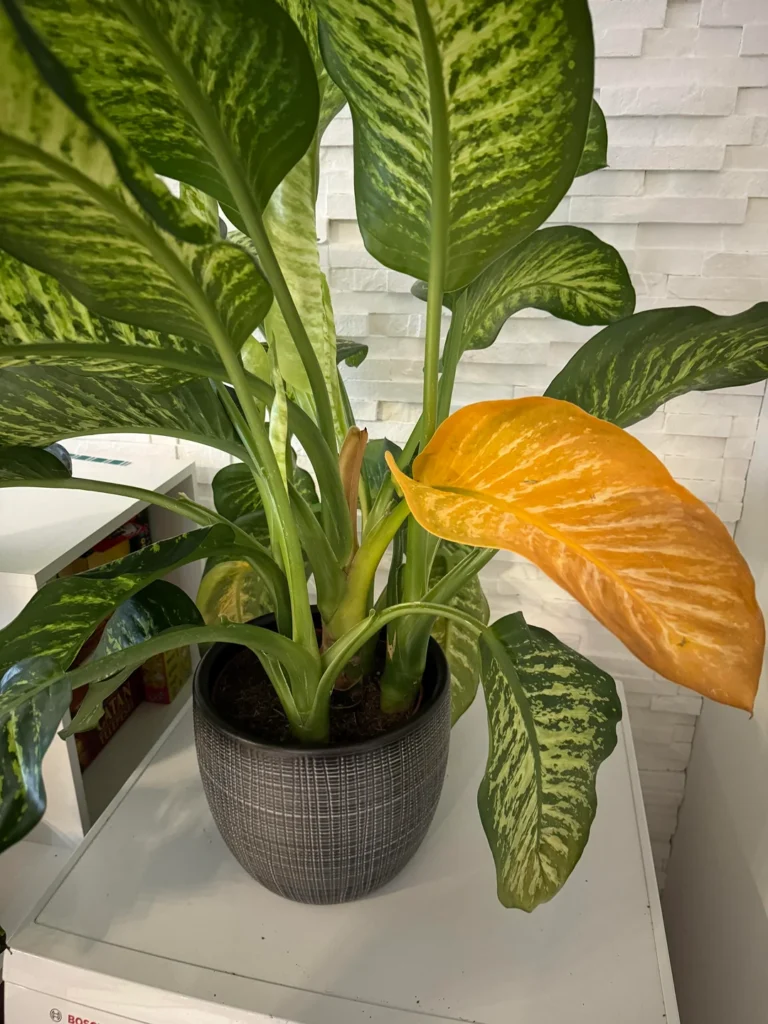
When I spot dead or yellowing leaves, I grab my scissors and get to work. Those leaves aren’t helping, and they just drain energy from the plant.
I snip off the bad leaves close to the base. This lets the plant focus on what’s healthy and keeps things looking tidy.
I use clean, sharp scissors—always. Wiping the blades with rubbing alcohol is a habit I try not to skip.
Clearing out old leaves helps with airflow and reduces mold or pest problems. Wilted leaves piling up is just asking for trouble.
I give my plants a quick check once a week. Regular pruning lets me catch issues early and keeps things under control.
If I’m unsure about a leaf, I gently tug it. If it comes off easily or feels mushy, it goes. If it’s only a little yellow, I might give it a second chance.
I avoid cutting too much at once. Just the worst leaves—no need to shock the plant.
6) Keep humidity levels moderate, around 40-50%
I try to keep humidity right in that 40–50% range during dormancy. Too dry or too damp, and things can go sideways fast.
If my place is dry, I’ll use a humidifier or set a tray of water nearby. It’s a simple way to boost moisture without overdoing it.
A little digital hygrometer helps me check if I’m in the right range. If humidity drops below 40%, I know it’s time to add a bit more moisture.
When things get too damp (over 50%), I’ll crack a window or use a fan. Airflow matters just as much as humidity, honestly.
Sometimes I mist the plants lightly, but not too much. Over-misting is a recipe for rot, but a gentle spray keeps leaves from getting crispy.
Most of my plants seem to do best in that middle range. It’s a relief not having to fuss with extreme conditions all winter.
Simple tricks and a few tools go a long way in keeping my plants happy, even when they’re sleeping through the cold months.
7) Avoid repotting during dormancy to reduce stress

I’ve definitely learned that repotting during dormancy is a bad move. When plants slow down, they’re not ready for big changes or root disturbance.
If I try to repot now, the roots just can’t bounce back. They’re less active and way more fragile.
Dormant roots need a break—not a new home. I wait until spring or when I see new growth before repotting.
If my plant looks cramped, I still leave it be until things pick up. Just keeping things stable is the best call for now.
8) Use well-draining soil to prevent waterlogging
I always use well-draining soil for my houseplants, especially when they’re dormant. Too much water is a quick way to damage roots during this slow period.
Soil with perlite, sand, or bark lets water flow out instead of hanging around. I never use heavy garden soil—it’s just too much for pots.
Drainage holes in pots are a must. Extra water needs to get out so roots don’t drown.
Sometimes I test my soil by watering and seeing how fast it drains. If it stays soggy, I’ll mix in more sand or perlite.
Cacti and succulents get their own special mix. It dries out way faster, which is just what they want.
I avoid pots without holes. Even the best soil can’t save a plant if water has nowhere to go.
Just keeping an eye on soil and drainage helps my plants get through dormancy without drama. It’s easy, but it makes a big difference.
9) Check soil moisture by inserting your finger before watering
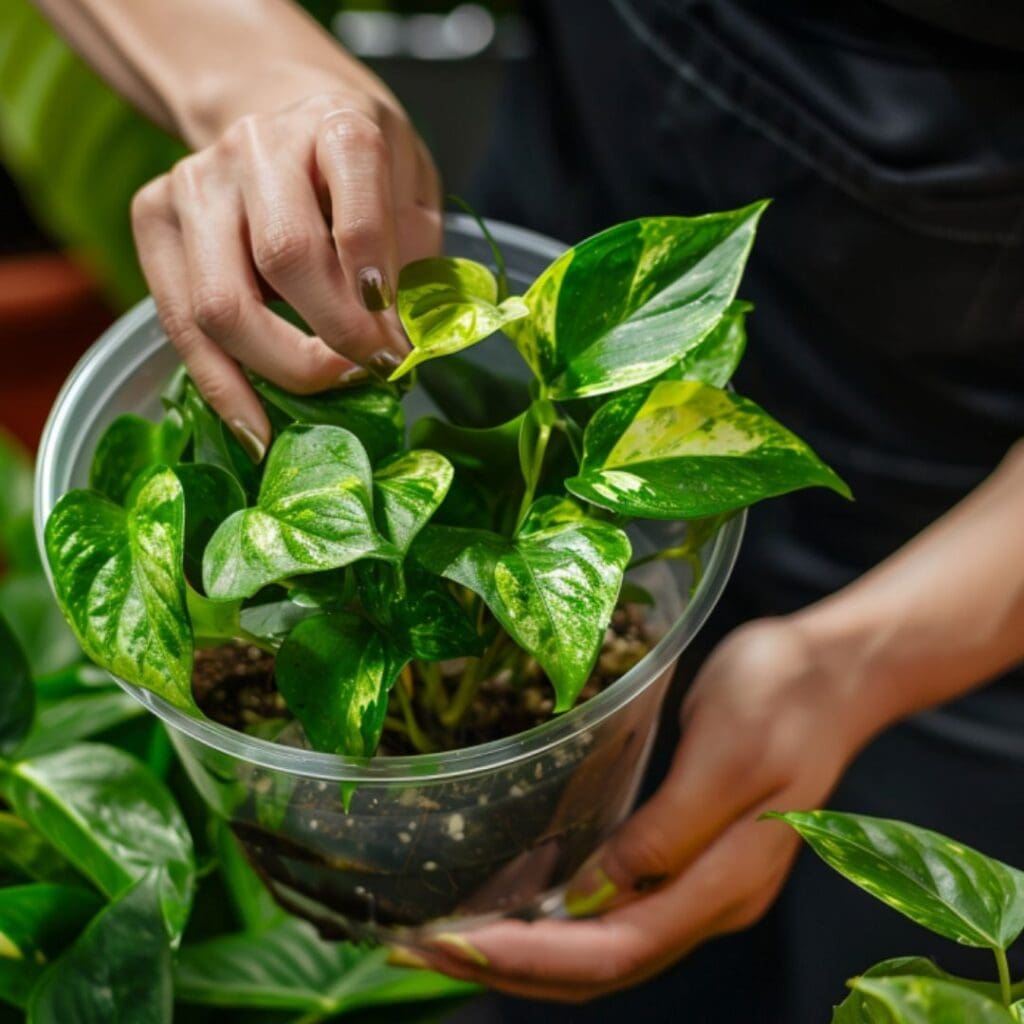
I always check the soil moisture before watering my houseplants. Overwatering is easy to do, especially when plants are dormant.
I stick my finger about an inch into the soil. If it feels dry down there, then it’s time to water.
If the soil’s still damp, I wait a few days and check again. Touching the soil is honestly the simplest way to know what my plant needs.
Houseplants use less water while they’re resting. Watering only when the soil feels dry keeps roots in good shape.
It’s usually safer to underwater than overdo it—especially in winter. Soggy soil? That’s a shortcut to root rot, and fixing that is a pain.
This little finger test saves me from guessing. My plants seem way happier and healthier when I remember to check first.
10) Group plants together to create a microenvironment
I like to bunch my houseplants close together, especially once it gets cold. It actually creates a cozy microenvironment, and they hold onto moisture better.
When plants are close, the humidity around them bumps up a bit. This is a lifesaver when heaters dry out the air in winter.
Extra humidity helps keep leaves from crisping up during dormancy. I think it also helps plants stay a little less stressed—fewer dropped leaves, at least in my experience.
I make sure each plant still gets some space for air to move. Good airflow keeps mold and pests from taking over.
I also move my grouped plants away from fans and vents. No one wants a cold draft or a blast of hot air.
When I cluster my plants, I pick spots with bright, indirect light. That way, they don’t get more sun than they need while they’re resting.
Small shelves or tables work great for grouping pots. I try to keep plants with similar needs together—makes watering and light routines less complicated.
Plants that love humidity do especially well when grouped with others. Plus, honestly, it makes my space look a lot greener and just more inviting.
11) Remove pests promptly to avoid infestations during dormancy

I check my houseplants for pests even when they’re not growing much. Dormant plants can still get spider mites or mealybugs hiding out in leaves or soil.
If I spot any bugs, I move fast. I’ll remove affected leaves, wipe the plant with a damp cloth, or use a gentle insecticidal soap if it looks bad.
Pests like to hide under leaves and near stems, so I always take a close look there. Regular checks make it easier to catch things before they spread.
I avoid harsh chemicals during dormancy. Gentle cleaning and quick action seem to do the trick if I catch problems early.
Staying consistent with checks all winter helps keep infestations from getting out of hand.
Understanding Houseplant Dormancy
Dormancy is just part of a houseplant’s life. It helps plants survive rough weather and bounce back when the season changes.
What Is Dormancy in Houseplants?
Dormancy is kind of like a sleep state—my houseplants stop growing for a while. They might look like nothing’s happening, but really, they’re just taking a break.
Leaves could turn yellow or even drop off. The plant saves energy, uses less water, and barely needs food.
I’ve noticed roots slow down, too, so growth above and below the soil nearly stops. Most houseplants need this rest at least once a year.
This usually happens in winter, when days get short and the air cools down. Letting my plants rest during dormancy helps them stay strong for the next round of growth.
Why Plants Enter the Dormant Phase
Plants go dormant mostly because of changes in light, temperature, and water. Shorter days and cooler rooms in my house are their cue to rest.
Dormancy protects houseplants from damage if there isn’t enough light or warmth to keep growing. They slow everything down—no new leaves, barely any water use.
This phase lets them use stored energy wisely. When spring comes, my houseplants “wake up” and start growing again. Giving them that rest seems to make them healthier in the long run.
Succulent dormancy care

When my succulents slow down in winter or summer, I know they’re entering dormancy. It’s just part of their cycle.
I always cut back on watering during this time. Too much water is bad news—root rot happens fast if they’re not growing.
I only water when the soil is really dry. Sometimes that means just once a month, or even less.
Here’s a simple dormancy care table:
| Step | What I Do |
|---|---|
| Cut back water | Water less frequently |
| Light | Keep in bright light |
| Avoid fertilizer | Don’t feed in dormancy |
I skip fertilizer while they’re resting. They don’t need extra nutrients until they start growing again.
I keep my succulents in bright, indirect sunlight. Even when they’re resting, they seem to appreciate good light.
If I notice leaves shriveling, I’ll give just a tiny bit of water. I never let the roots sit in soggy soil—learned that the hard way.
Following these steps helps my succulents rest and stay healthy until they’re ready to grow again.
Cactus dormancy care

In winter, I move my cactus to a cooler spot, away from heaters. Best temperature? Somewhere between 45-55°F (7-13°C).
I cut back on watering—sometimes just once a month, maybe even less. If the soil’s dry, then it’s time, but too much water during dormancy is a recipe for root rot.
No fertilizer, either. Cactus don’t need food while they’re resting, so I just wait until spring.
Here’s my quick checklist:
| Step | What I Do |
|---|---|
| Lower temperature | Move cactus to a cool area |
| Water less | Water sparingly, not weekly |
| No fertilizer | Skip feeding during dormancy |
I give my cactus plenty of light, but not direct sun. A bright window works best.
If my cactus gets soft or shriveled, I’ll check the roots and wait for spring to fix things. Handling cactus during dormancy is honestly pretty easy if I stick to the basics.
Common Challenges During Dormancy
Dormancy is a quiet time for houseplants, but it’s not without a few hiccups. I’ve noticed stress and watering problems tend to pop up most often.
Recognizing Dormancy Stress
When my plant enters dormancy, things can change fast. I’ll see yellowing or dropping leaves, maybe dry or wrinkled stems, or just no growth at all.
These signs can look worrying, but they’re usually normal. If I spot new leaf spots or mushy areas, though, I check for pests or weird smells—sometimes it’s more than just dormancy.
A healthy dormant plant should look like it’s resting, not sick. I keep mine in a stable room, away from drafts, and dust the leaves occasionally.
Removing dead or decaying bits helps, too. A little attention goes a long way.
Addressing Overwatering and Underwatering
Watering during dormancy is tricky. Plants use less water, so I let the soil dry out more than usual.
Overwatering is a classic mistake—roots will rot if they’re wet for too long. I check by sticking my finger in the soil; if it’s dry, I water, if not, I wait.
Usually, I water about half as often as I would in the growing season. But underwatering can happen, too—if leaves droop or stems shrivel, my plant probably needs a drink.
I try not to “over-love” my plants with too much water. Balanced care keeps roots healthy until growth picks up again.
Frequently Asked Questions
I always tweak my care routine when my houseplants go dormant. Their needs change, and it’s important to match their light, water, and temperature for a healthy rest.
How can I help indoor plants enter dormancy during winter?
I move my plants to a cooler room—somewhere around 50-60°F. That slows their growth and tells them it’s time for a break.
Lowering the light a bit, but still making sure they get bright, indirect light, helps them settle into dormancy naturally.
What are the best practices for watering houseplants during their dormant period?
I cut back on watering and only add water when the top inch of soil feels dry. Overwatering during dormancy is a surefire way to get root rot.
Drainage holes in pots are a must to avoid standing water.
Should indoor plants be relocated away from windows in the colder months?
If a window gets cold or drafty, I’ll move my plants a bit farther from the glass to prevent cold damage.
I still keep them close enough to get enough indirect sunlight, though.
Is it necessary to change the watering frequency of indoor plants in the summer versus winter?
Definitely. I water way less in winter. During dormancy, plants just don’t use as much water.
In summer, I check the soil more often since it dries out faster and the plants are thirstier.
What steps should I take to revive a plant that has gone dormant?
First, I look for new growth. When I see it, I start increasing water slowly and maybe add a little fertilizer.
I prune off any dead or yellow leaves to help encourage healthy new growth.
How can I ensure my tropical houseplants survive the winter indoors?
I keep tropical plants away from cold drafts. It’s just too easy for them to get stressed if they’re near a chilly window or door.
Humidity is a big deal. If my home’s air feels dry, I’ll set up a humidity tray or run a room humidifier nearby.
One thing I try to remember—don’t let the leaves touch cold glass. It never ends well for them.
Recommended Garden Supplies
| Product Image | Our Recommended Gardening Supplies | Check Offers! |
|---|---|---|
Top Top
Top
Top
Top
Top
Top
Top
Top | rePotme Houseplant and Tropical Classic Potting Soil Mix | Check Offer On Amazon |
 Top
Top
Top
Top
Top
Top
Top
Top | Espoma Organic Indoor Plant Food | Check Offer On Amazon |
 Top
Top
Top
Top
Top
Top
Top
Top | GooingTop LED Grow Light 6000K Full Spectrum Clip Plant Growing Lamp | Check Offer On Amazon |
 Top
Top
Top
Top
Top
Top
Top
Top | Soil Moisture Meter | Check Offer On Amazon |
 Top
Top
Top
Top
Top
Top
Top
Top | Govee Hygrometer Thermometer, Bluetooth Enabled! | Check Offer On Amazon |
 Top
Top | LEVOIT Humidifiers for Large Room(Best For Plants) | Check Offer On Amazon |
 Top
Top
Top
Top
Top
Top
Top
Top | Upgraded DIY Automatic Drip Irrigation Kit, 15 Potted Houseplants Support | Check Offer On Amazon |
 Top
Top
Top
Top
Top
Top
Top
Top | Stainless Steel Heavy Duty Gardening Tool Set | Check Offer On Amazon |
 Top
Top
Top
Top
Top
Top
Top
Top | Bonide Insecticidal Soap | Check Offer On Amazon |
 Top
Top
Top
Top
Top
Top
Top
Top | Bonide 32 oz Spray Neem Oil for Organic Gardening | Check Offer On Amazon |
 Top
Top
Top
Top
Top
Top
Top
Top | Garden Safe Fungicide | Check Offer On Amazon |


